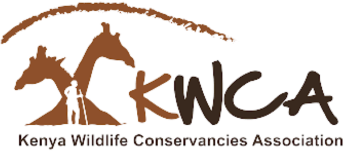- Ramat Wildlife Society
- Phone: 254 791 197 454
- Email: [email protected]


RAMAT Wildlife Society is a representative body for conservancies in Central Kajiado. The bulk of these conservancies are currently found in the Matapato Rangelands, a vast area at the periphery of the Amboseli National Park Ecosystem.
The 3200 sq km landscape is a wildlife dispersal area that also borders the Kenya-Tanzania border and has had minimal conservation investment for a very long time. The area is mostly occupied by Maasai who subdivided community group ranches into individual holdings from the 1990s but have continued to co-exist with wildlife with many challenges. The transition from community land tenure led to massive reduction of wildlife species due to closure of traditional migratory routes (by settlements and fencing), harassment and poaching.
The organization was registered in 2022, as a result of the growth of community conservancies and the need for a coordinating body in the region. It serves as a vehicle for the conservancies to raise resources, strengthen their governance systems, and support communities interested in the wildlife economy. A total of 14 conservancies (105,000 hectares) have so far been formed in the last four years. The region has the potential to host 20 conservancies, thereby bringing up to 300,000 hectares into conservation.
RAMAT Wildlife Society is an advocacy vehicle for a region that has had minimal conservation support, where communities continue suffer from Human Wildlife Conflict. The lack of conservation investment is ironic since dozens of conservation organizations are congested around the Amboseli Ecosystem, while the critical wildlife dispersal are left with no support. To mitigate these challenges, RAMAT Wildlife Society will play a critical role in increasing conservation investment by supporting the growth of conservancies and continue to expand wildlife spaces and most importantly advocate for a better life for the people who share the land with wildlife.
We believe that protecting and restoring the natural environment is not only essential for the survival of wildlife species, but also for the well-being and prosperity of people who will live in this critical rangeland.
Registered in Kenya in the year 2022 as a representative body for conservancies in Central Kajiado.









Conservancies
SQ KM Covered